Groundwork by Buck Brannaman & Problem Solving Vol. 2 by Marty Marten Set
$27.95 Original price was: $27.95.$19.55Current price is: $19.55.
Save 30% when you order these books together!
2 in stock
Product Description
This book begins where Problem-Solving Vol. 1 left off. Although it covers specific problems not addressed in the first book, you’ll definitely notice a common thread between the two. For example, the principles of feel, timing and balance are the same throughout both books. Those principles — making the right thing easy and the wrong thing difficult, adjusting to fit the situation and the relationship between pressure and the timing of the release — are fundamental in the approach to solving any problem.
Marty will help you develop a willing partnership with your horse!
This book covers:
* Halter-braking Problems
* Hoof- and Leg-handling Problems
* Cinchy and Difficult-to-saddle Horses
* Mounting Problems
* Head-shy, Ear-shy, Hard-to-bridle Horses
* Problems Riding One-handed, Neck-reining
* Trail-riding Problems and Distractions
* Good Trail-riding Habits and Techniques
* Develop Trust and Confidence through Cattle Work
* Make Every Ride an Adventure
(softcover 230 pages, photographs)
Excerpt from the book:
Riding One-handed or Neck-reining
Riding one-handed is accomplished by neck-reining your horse. In neck-reining, your horse follows the feel of the rein on his neck. For example, when you lay the left rein on the left side of your horse’s neck, your horse responds by first looking then moving right. Your focus, seat and legs further signal him to turn right. He looks right a few degrees. Ideally, he’ll have a uniform arc throughout his body. With your very subtle signal, he mentally and physically prepares to turn to the right.
Your horse then follows his nose and makes a right turn because he’s moving or driving forward with impulsion. He makes a gradual right turn when he reaches his inside right hind foot forward, under himself, and lines it up with his left front. He pushes off the inside right rear foot. The opposite is true for a left turn. Experiment with pushing a wheel barrow straight ahead, then turn to the right about 30 to 45 degrees. You’ll do as just described. Think of the wheel as your horse’s frontquarters and your feet as his hindquarters. When you make a turn, notice how your feet arrange themselves to turn. This is how a horse turns naturally.
Ideally, when riding one-handed, your hand should stay within an approximate 1-square-foot box in front of your saddle horn and centered over your hors’s mane. The goal is for your horse to guide so well that you don’t need to move your hand out of this box to signal him, horizontally or vertically.
The reins are only a small part of signaling. Three additional, important components are focus, seat and legs.
Groundwork
Written by Buck Brannaman, this is the first book in his long awaited book series. Groundwork takes you step-by-step, starting your colt from the ground. With Buck’s common sense advice and over 90 photographs illustrating his techniques, this is surely a primer for anyone interested in learning the fine art of groundwork. Some chapter titles include “Lass Rope Work,” “Changing Eyes,” “Roping a Hind Foot,” and “Horse Roping,” among others. This book can be referred to over and over, and can go anywhere with you. Keep a copy in your truck and also next to your bed.
(hardcover, photos, 91 pgs.)
Excerpt from the book:
Hooking on a colt is something that is useful to know for a variety of reasons: For catching, promoting good transitions, and for basic respect — for each other. To begin, concentrate on driving the horse around the round pen soft at all gaits. Simply adjust your position in relation to the horse to slow or speed up. While driving the horse you should start to notice him consider looking toward you, but watch that he doesn’t fool you and turn into the fence. For example, let’s consider that you’re moving right to left, he looks a little toward you, at that moment you should move left while backing. This will have you increasing the distance between you two, this is called drawing. Perhaps he will move off the fence and stop while he looks at you. Sit tight, don’t approach, let him soak.
If he doesn’t hook on like this, move back in behind him and help him travel onward. Watch closely for these opportunities to draw him again. Keep offering this friendship and he will eventually take you up on it. Help him to continue even if he doesn’t hook on and gently toss your halter at him while holding the end of the halter rope. Don’t think of pinning him on the fence as if to trap him, instead think of pulling him off the fence with an invisible rope, and to pull you must back up. Once he has turned in and hooked on — try to approach and pet him. If he can’t stay still just start over and hook him on again. Soon enough he’ll stay and when he does, pet him on the forehead. You can then send him the other way and hook him on from the other side. Once the horse has been hooking on for some time, try to step off to one side to give him the choice of leaving or rolling his hindquarters away, thus arranging himself to stay. You might have to slap your chaps with your coils to help the hindquarters step away. Don’t be alarmed if he leaves at first — just hook him on again.
Be the first to review “Groundwork by Buck Brannaman & Problem Solving Vol. 2 by Marty Marten Set” Cancel reply
You must be logged in to post a review.
Related products
Back Issues - Electronic Versions
Fundamentals
Book Set Sale



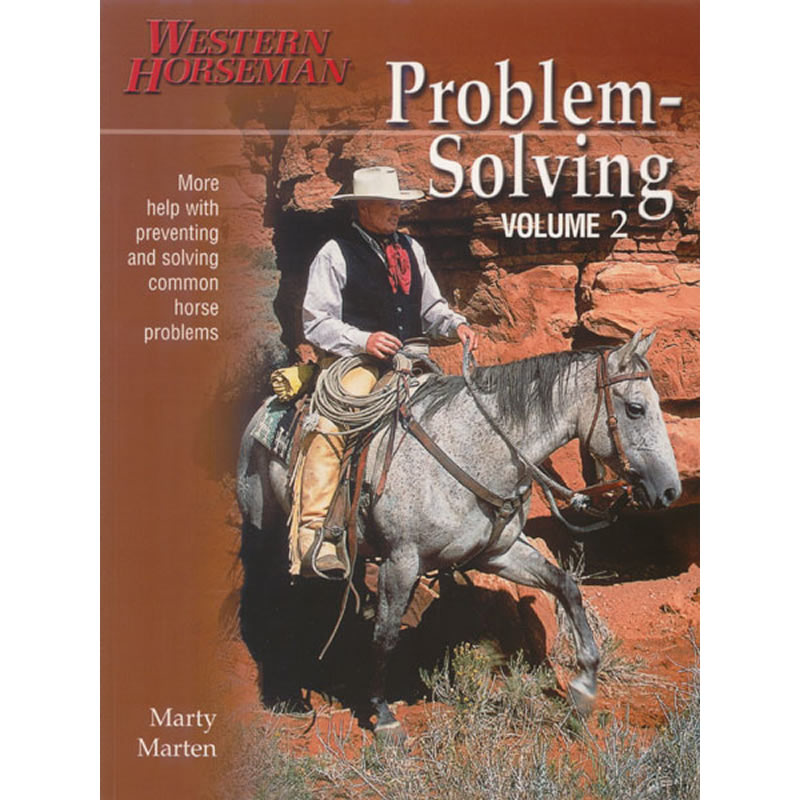

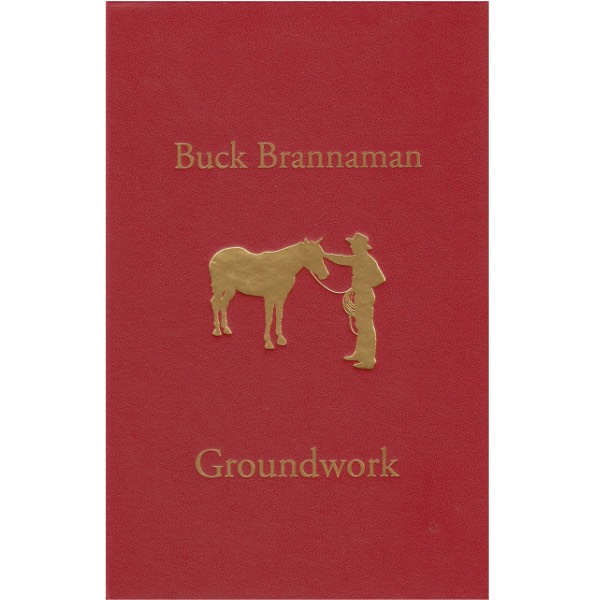
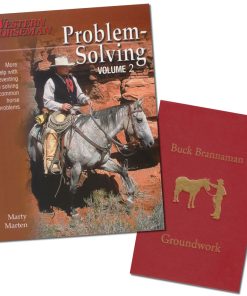


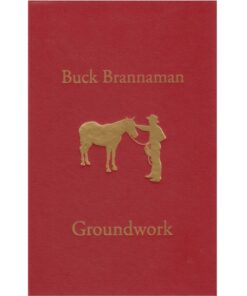
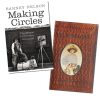

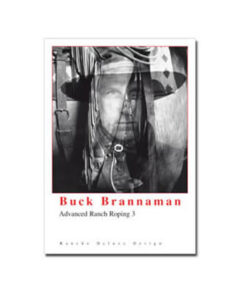
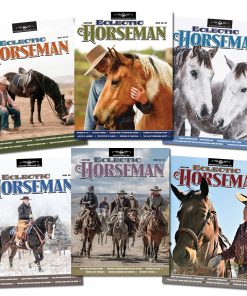
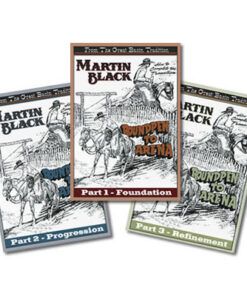
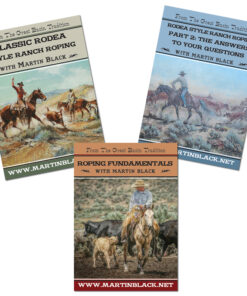

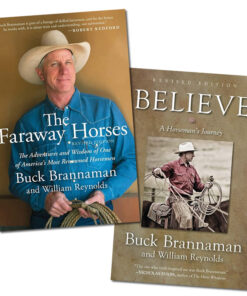
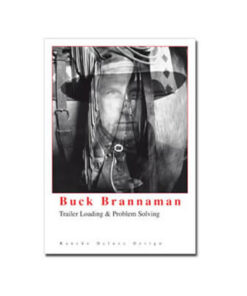
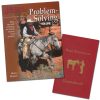
Reviews
There are no reviews yet.